The Inca Trail to Machu Picchu is an iconic adventure that sits atop many people’s bucket lists; however, there is a lot of planning that goes into such an amazing and unforgettable trek. Whether you are a seasoned adventurer that is familiar with Peru or are just in the beginning stages of planning your own journey along the Inca Trail to Machu Picchu, this concise guide will provide you with invaluable information and answer any lingering questions that you might have about visiting the famous Incan citadel.
Table of contents
Inca Trail and Machu Picchu: The Overview
Everything You Need to Know About Booking the Inca Trail
The Classic Inca Trail Itinerary
Things to Do and See at Machu Picchu
Inca Trail Preparations
Destinations to Explore Away From the Inca Trail
Other Routes to Machu Picchu
Things We Loved About the Inca Trail
Additional Information on Machu Picchu
Peru articles
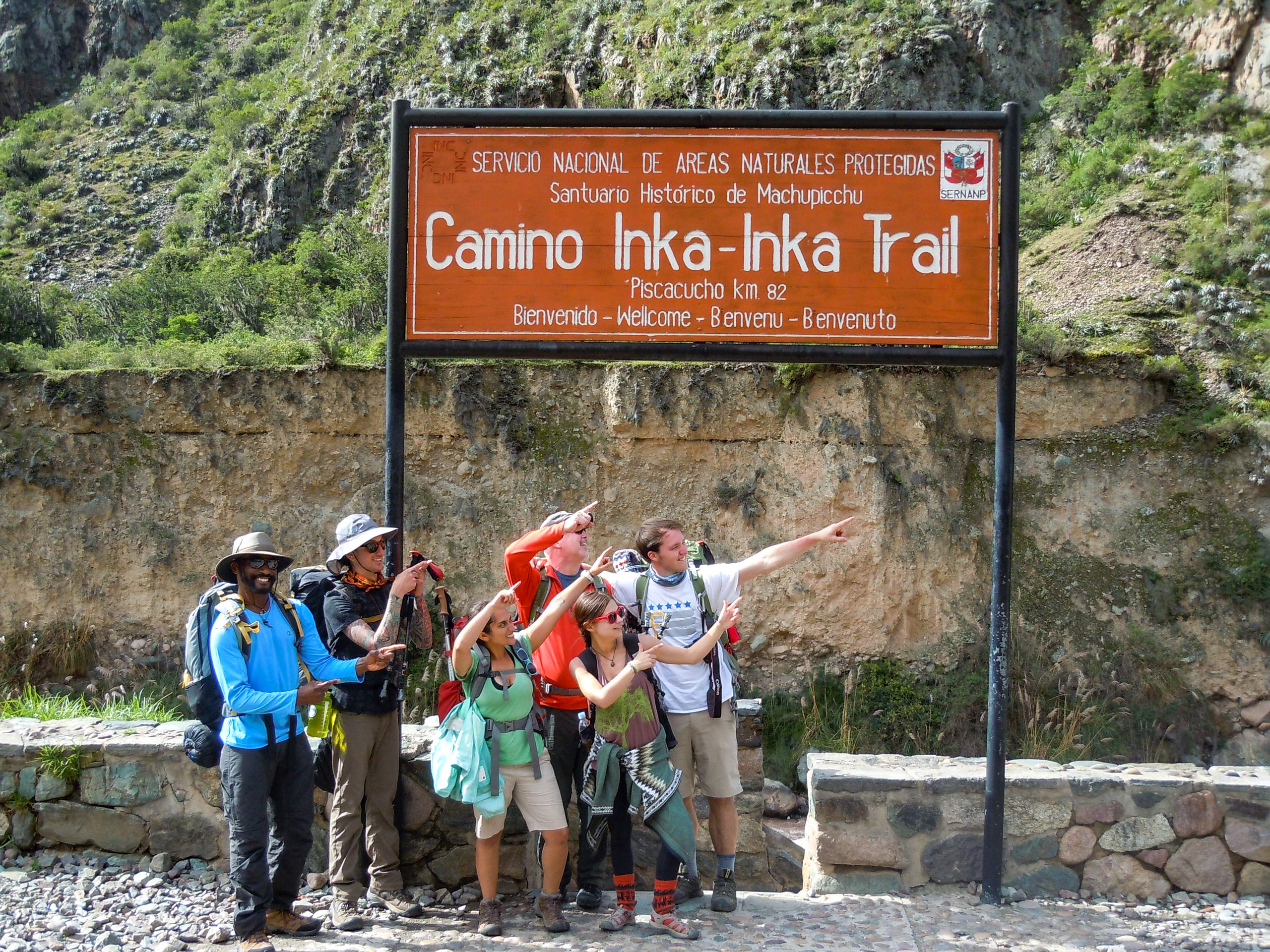
Inca Trail and Machu Picchu: The Overview
Located in the Andes Mountain Range, the Inca Trail – or Camino Inca – is a long distance trekking route that climbs uphill through the wild landscape of Peru to reach the mountaintop citadel of the Inca people, Machu Picchu. Arguably the most famous hike in South America and one of the most spectacular in the world considering its scenery and history, the Inca Trail was actually the same route that the Inca people themselves constructed and used to reach Machu Picchu, which only adds to the feeling of grandeur when exploring the trail. While there are a few different options for exploring this ancient route, the most popular and well-known is the Classic Inca Trail, which will take you on a 28.0mi journey through the Andes to reach Machu Picchu.
Although we don’t have a concise date for the construction of Machu Picchu, this world famous historical site was most likely built sometime around 1450 CE, during the reign of the Inca emperor Pachacuti. The vast mountain top estate is thought to have been built for the emperor and other visiting members of the nobility, and the approximately 200 buildings on site would have served as homes, workplaces, and ceremonial centres for the estimated 750 people who lived there.
In the several hundred years following the Spanish Conquest, the remote location of Machu Picchu was largely forgotten, with the exception of the few locals who knew of the site and still utilized some of its impressive terrace farms. After its ‘re-discovery’ by American historian Hiram Bingham III in 1911, Machu Picchu gained international recognition as an impressive historical site that showcased the rich cultural history and sophistication of the people living in the region prior to European contact. Due to this recognition, Machu Picchu began to grow in popularity as a tourist destination, with the site now seeing approximately 500,000 visitors per year.
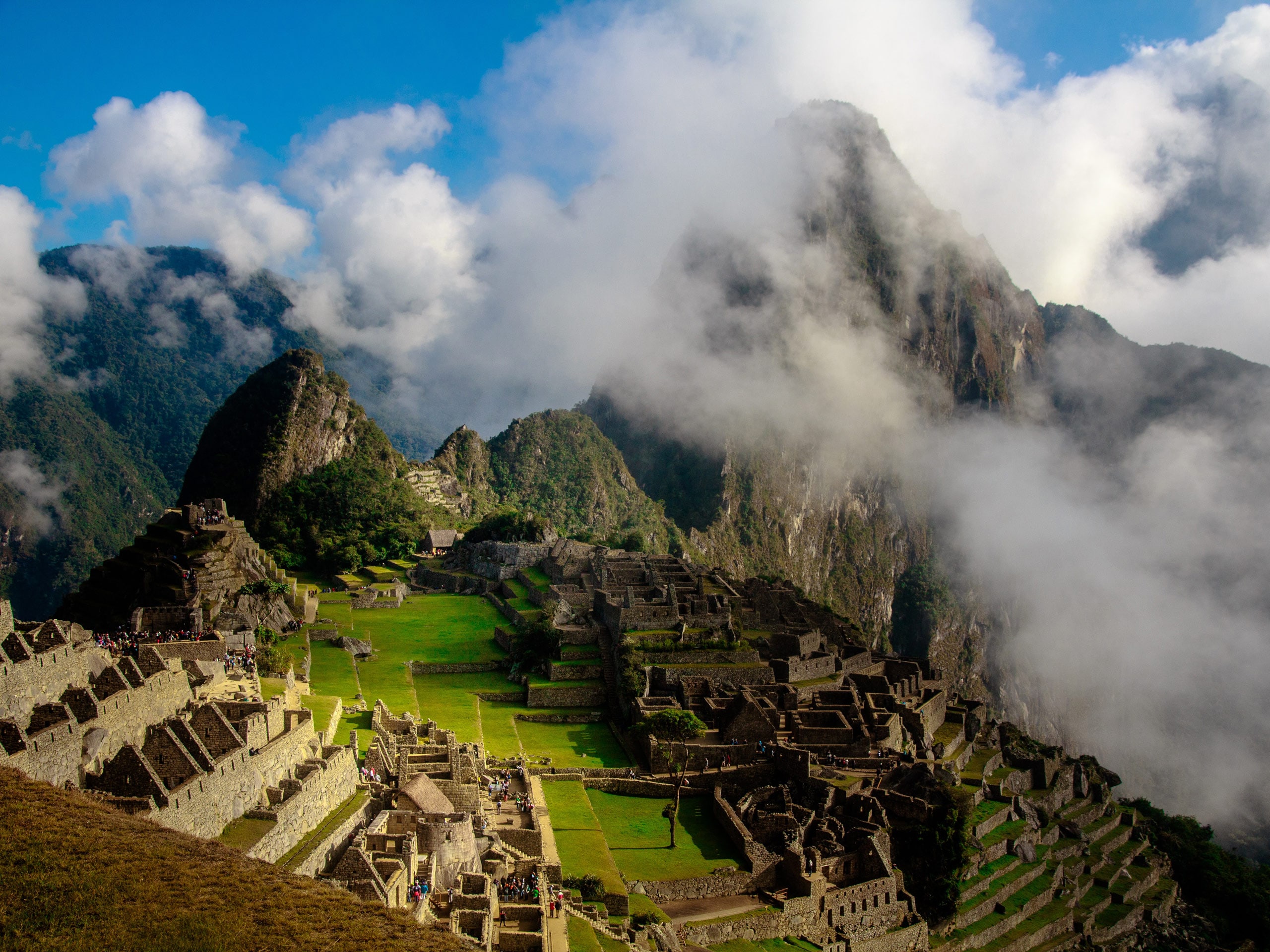
Everything You Need to Know About Booking the Inca Trail
Planning to complete the Inca Trail to Machu Picchu will require more logistics than simply grabbing your gear, flying to Peru, and hopping on the trail. Below, you will find everything that you need to know when it comes to actually booking your adventure along the Inca Trail, such as permit requirements, costs, insurance, and seasonality.
Permit requirements to hike the Inca Trail
As mentioned above, one cannot simply show up at the trailhead for the Inca Trail and hope to make it to Machu Picchu. The Classic Inca Trail can only be undertaken with a licensed tour operator that will provide you with a permit. As there are only 500 trail permits available per day – with the majority of these being claimed by porters, guides, and cooks – it is easy to see why this is such an in-demand excursion.
Choosing the best tour company for the Inca Trail
While there are a number of different companies operating tours along the Inca Trail to Machu Picchu, you will want to make sure that the one you end up choosing will provide you with the experience of a lifetime. As each company will differ in what they offer – from itineraries and additional excursions to included gear and the number of support staff – you should be sure to explore a variety of options to better understand what you are getting for each price tag. You should also try to book with a company that takes customer satisfaction seriously, with policies and practices in place to ensure your adventure goes off without a hitch, allowing you to experience the magic of the Inca Trail stress free.
10Adventures only works with the very best local tour operators in Peru, ensuring that each expedition along the Inca Trail is headed up by the most knowledgeable local guides. Additionally, we offer a happiness guarantee to make sure that your experience matches your (and our) expectations, and are ready to back that up while doing all we can to solve issues with your excursion, should any arise. Regardless of whether you are completing the Inca Trail, Salkantay Trek, or Lares Trek, our professional partners will make sure that your journey is unforgettable.

Length of the Inca Trail Trek
While the overall length of each trek may vary from tour operator to tour operator, the Classic Inca Trail to Machu Picchu is a 4 day, 3 night adventure. The difference between providers depends largely on their preferred itinerary and the fitness level of those looking to complete the trail. For instance, some companies will offer a longer, more luxurious tour with additional time spent in Cusco to help with acclimatization to the altitude, as well as extra time spent on the trail. Others offer a quicker 3 day adventure that is geared more towards seasoned outdoor enthusiasts that can better handle the rigors of a shortened timeline along the trail.
The best time to do the Inca Trail
The best time to complete the Inca Trail to Machu Picchu is during the dry season, which runs from May to September, although this time is the most difficult to secure permits and will also see larger volumes of tourists at the Incan citadel.
If you want to experience the magic of Machu Picchu without the crowds and don’t mind a bit of rain, you can always try to book your trek during the shoulder seasons which runs between March and May and September through November. For more information on when to book your trip, check out this article on seasonality at Machu Picchu.
Inca Trail cost
The average cost of hiking the Inca Trail to Machu Picchu is about $1050 USD, although this can vary greatly from tour operator to tour operator, depending on the length of the adventure and what is actually included in the price. On the low end, some Inca Trail tours can be found for under $600 USD; however, these will largely offer poorer quality service and larger group sizes. On the high end, the classic Inca Trail can cost upwards of $1500 USD, ensuring a better overall experience with quality guides. Some people will also try to show up in Cusco hoping to secure a last minute cancellation; however, this is ill-advised, as it is highly likely that you won’t be able to secure a permit this way. Additionally, it is recommended to bring some extra cash along on your journey, as the porters, guides, and chefs will expect something for their service. While this is not obligatory, your tip should reflect your satisfaction with the overall experience and should be separated between the team members (ie. guides, porters, and chefs).
Booking the Inca Trail in advance
No matter the season, you will always need to book the Inca Trail in advance. If you plan on simply arriving in Peru and hoping to acquire permits, you will likely leave without getting to experience the magic of the Inca Trail to Machu Picchu. As previously mentioned, the dry season will almost immediately see every permit claimed once they become available, so it is best to book well in advance if you are looking to complete the trek during the May-September window.
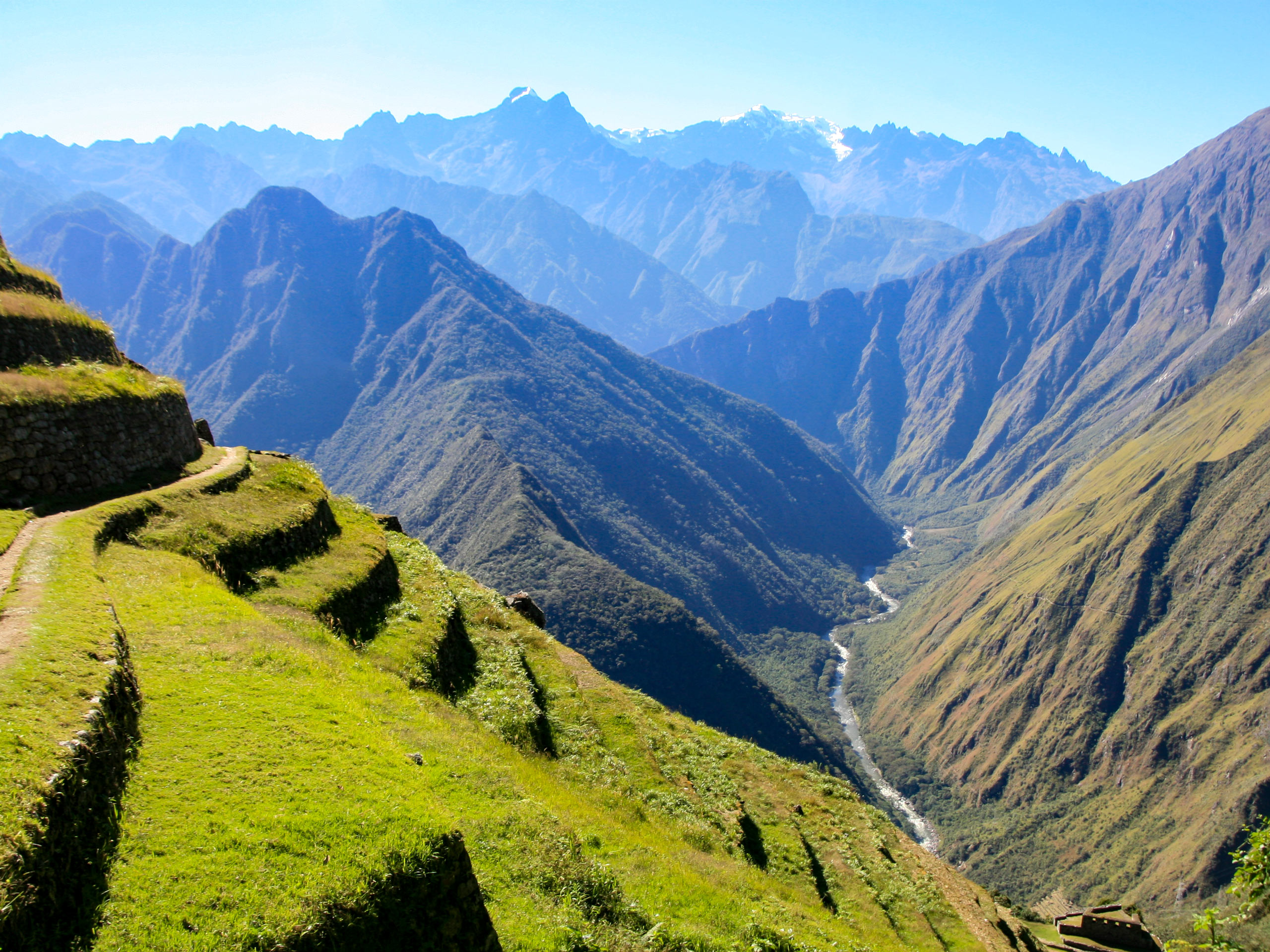
Travel insurance for the Inca Trail
While travel insurance isn’t a necessity to complete the Inca Trail, it is a great thing to have in the event that complications do arise on your trip. Keep in mind that this is a multi-day trek through some fairly unforgiving terrain, and travel insurance packages – like those offered by World Nomads – can go a long way in mitigating any extreme injuries or sickness that you may experience on your trek.
How to book the Inca Trail
The best way to book the Inca Trail to Machu Picchu is to be flexible, as the limited number of permits means that you might not be able to choose the days that you want. Select several dates and decide how long you would like your trek to be. From there, you can review different tour operators, figure out which one will best suit your plans, and fill out the necessary paperwork. Choosing a tour operator can be a tall task; however, 10Adventures will customize your excursion, taking care of the planning and logistics of your trip while providing a happiness guarantee. This means that you can leave your worries behind and focus on exploring the world.
Is the Inca Trail worth it?
Although it is a popular adventure, the Inca Trail is absolutely a worthwhile experience that should be on every person’s bucket list. The fact that the number of permits is capped makes for an enjoyable experience, no matter the season, and the stunning scenery, hospitable people, and diverse wildlife will make for a trip that you won’t soon forget.
Getting to the Inca Trail
Methods of getting to the Inca Trail will depend on your itinerary and preferred mode of transportation; however, most people will likely fly into Lima first, before continuing onto Cusco where the adventure begins. Cusco can be reached via plane, train, or bus – just remember to arrive in the city a few days early in order to become acclimatized to the high altitude.
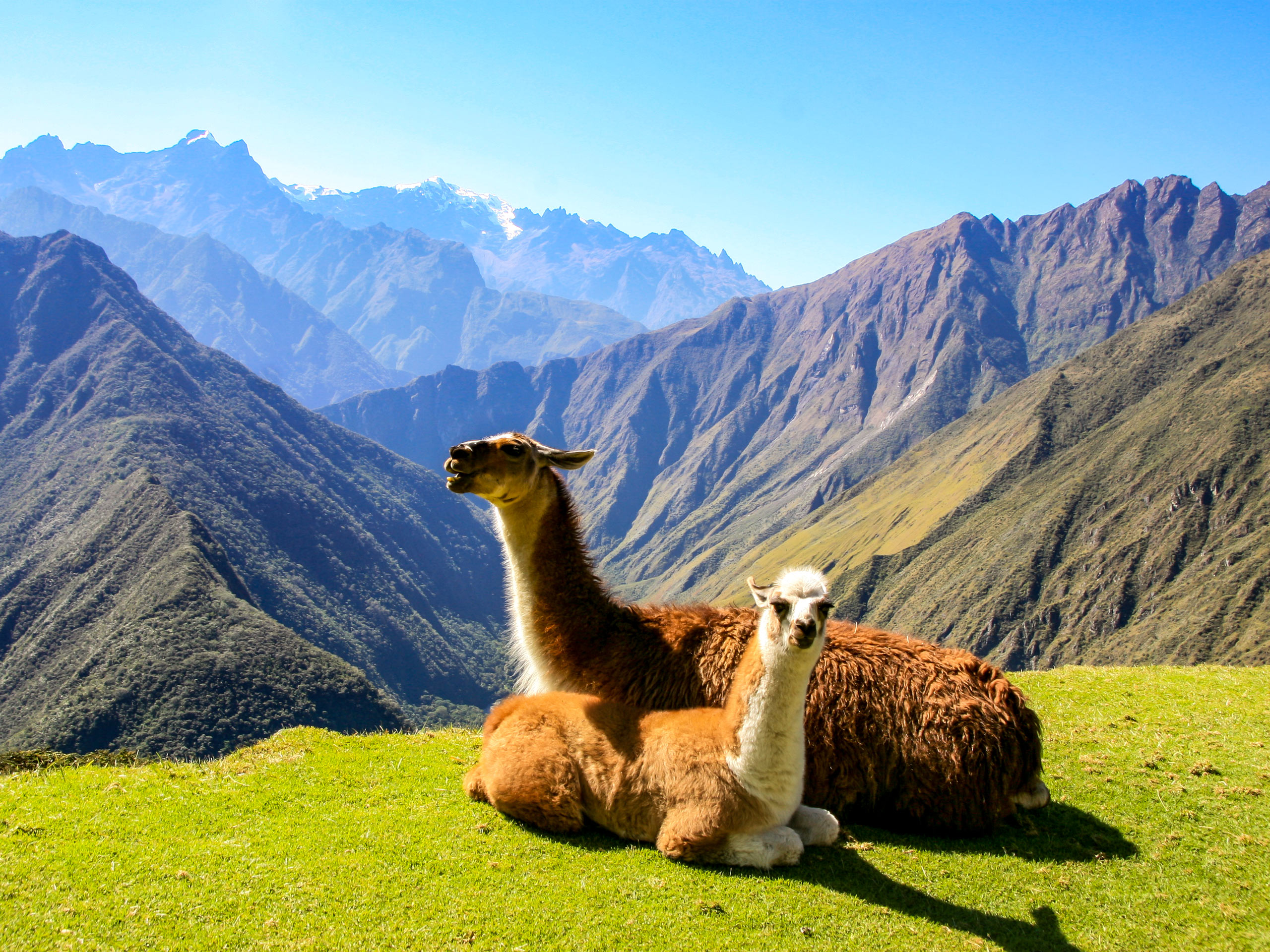
The Classic Inca Trail Itinerary
If you are looking to explore the spectacular wilderness of Peru and experience the rich history and culture of the Inca people, then the Inca Trail to Machu Picchu Tour is the best way to do it. This classic multi-day hike is regarded as one of the best in the world, and it is for good reason, as you will be heading through vibrant cloud rainforests and the jaw-dropping Andes Mountains to discover the impressive mountaintop world wonder of Machu Picchu.
Day 1: Transfer to Piscacucho and trek to Ayapata Camp
After spending two days in Cusco exploring and acclimatizing to the altitude, you will transfer to Piscacucho, where you will set out on an 6.8mi trek through the cloud forest and Andes Mountains to reach the Ayapata Camp.
Day 2: Trek over Dead Woman’s Pass to Chaquicocha Camp
The second day of your trek will see you rise bright and early to begin the 7.5mi trek through Dead Woman’s Pass, the highest point of the journey at 13780ft above sea level. After stopping for lunch, you will make your way uphill through the Runkurakay Pass to eventually reach the Chaquicocha Camp.
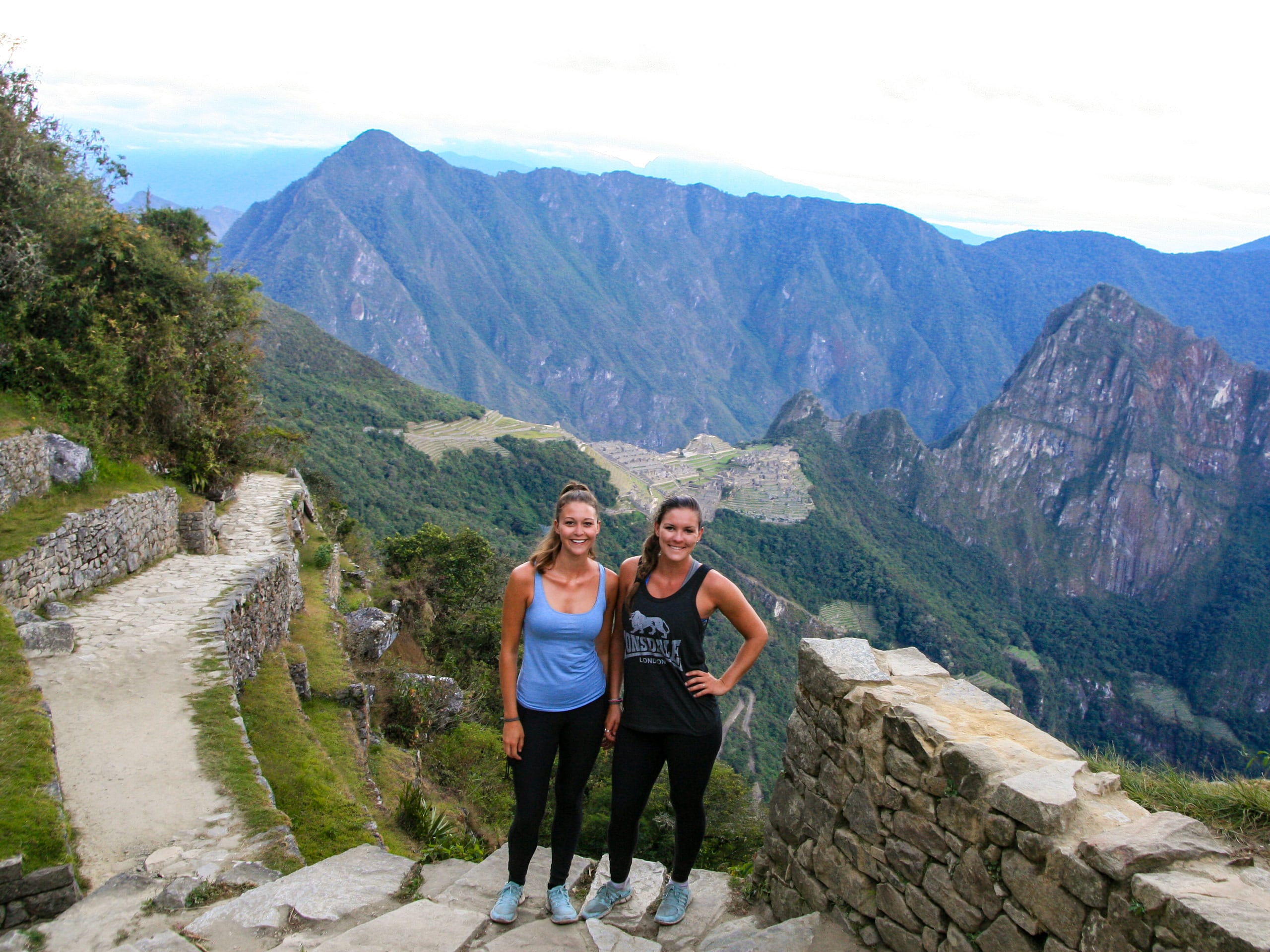
Day 3: Trek to Wiñay Wayña Camp
Day three of the Inca Trail will take you on a longer, but far more gentle 9.9mi climb that leads you past an archaeological site, through some impressive canyons, and a beautiful cloud forest to reach the Wiñay Wayña Camp.
Day 4: Trek to Machu Picchu, then transfer to Cusco
The final day of your Incan adventure will once again begin with an early start, bringing you on a 6km trek up to the Sun Gate of Machu Picchu just in time for a beautiful sunrise. After exploring the site, you will make your way down the mountain to begin the return to Cusco.
While the Classic Inca Trail itself is only a 4-day excursion, you should really plan on spending a few extra days in Cusco at the beginning of your journey to explore this vibrant city and acclimatize to the high altitude, which is a critical component in being able to finish the trek without facing altitude sickness. Additionally, spending some extra time in Cusco at the end of your trek will allow you to relax after your strenuous journey and further explore the city before heading home!
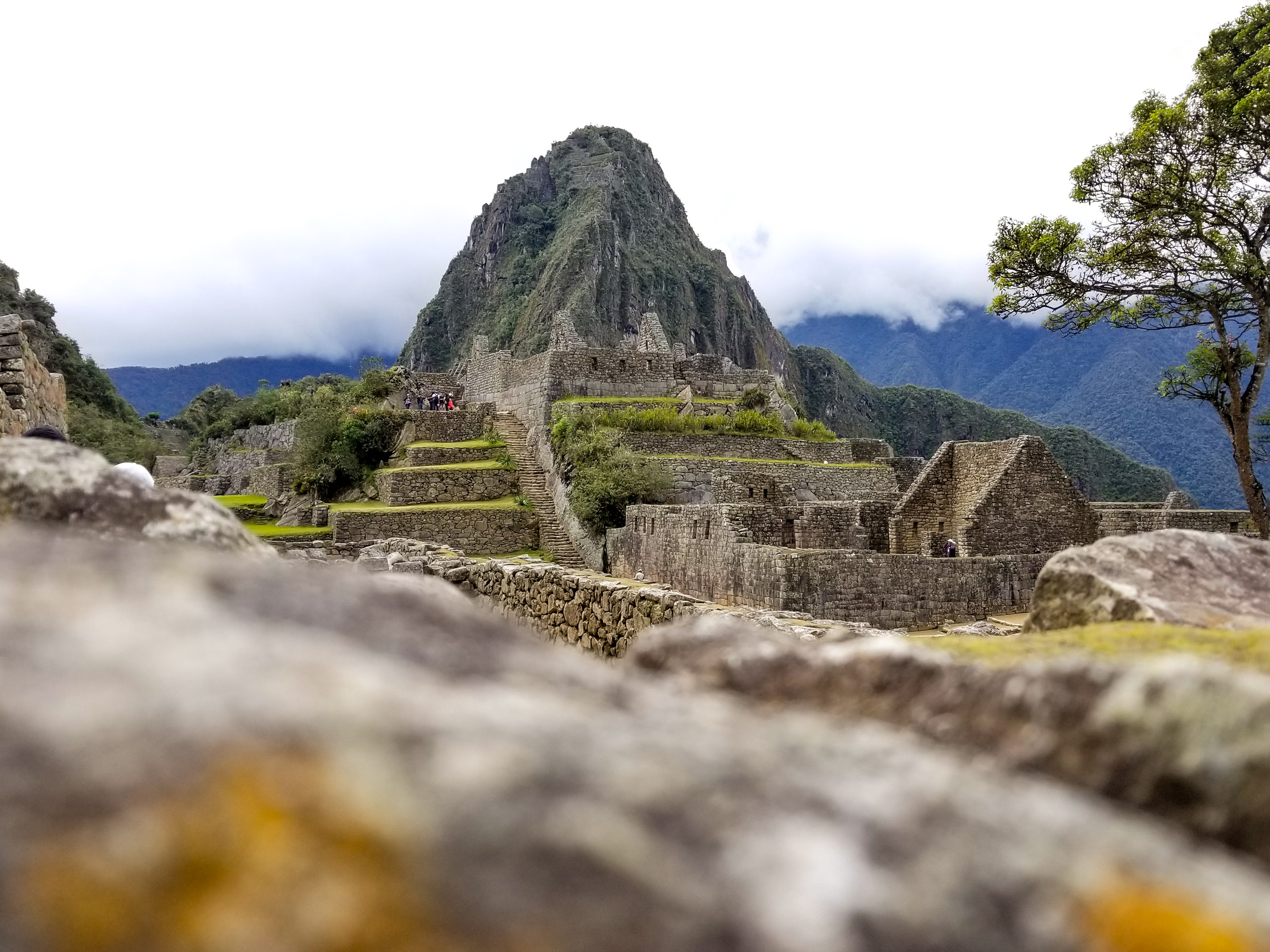
Things to Do and See at Machu Picchu
Additional Hikes
After making the long trek up to the mountaintop site of Machu Picchu, there are actually a few optional hikes that can be done to gain a different perspective of this magical place high up in the Andes Mountains.
The Huayna Picchu Hike will take you on a loop around the top of this nearby peak in order to gain an amazing vantage point overlooking the entire site of Machu Picchu. Here, you will also find more ruins of the Inca civilization, such as the Moon temple on the lower portion of the trail. Similarly, the Machu Picchu Mountain Hike will also take you uphill along the rugged peak for unparalleled views overlooking the site of Machu Picchu, and the nearby Huayna Picchu and Putucusi mountains.
Before you get too ahead of yourself, you should take note that you will need to book these optional hikes in advance. In a similar manner to the Inca Trail, there are a limited number of daily permits issued for these hikes, so it is best to book them well in advance to secure a space.
Main Sights
With over 200 buildings at the mountaintop citadel, there are countless areas to explore while learning about the fascinating history of the Inca civilization. The Sun Gate – also known as Itipunku – was the entry point to Machu Picchu and is arguably the most scenic vista in the complex. Additionally, there are several ceremonial buildings that are uniquely constructed and offer scenic views, including the Sun Temple, Temple of the Condor, Temple of the Three Windows, and the Principal Temple. The numerous terraces and stone structures spread throughout the site offer nearly endless possibilities when exploring Machu Picchu, so make sure to give yourself enough time to investigate it to the fullest!
If you are looking to learn more about this mysterious culture and why they built Machu Picchu, try heading to the Museo de Sitio Manuel Chavez Ballon after you’ve wrapped up your time atop the mountain. This fascinating museum will tell you all of the secrets of the Inca people and can be found at the end of a dirt road that leads out of Aguas Calientes at the base of the mountain.
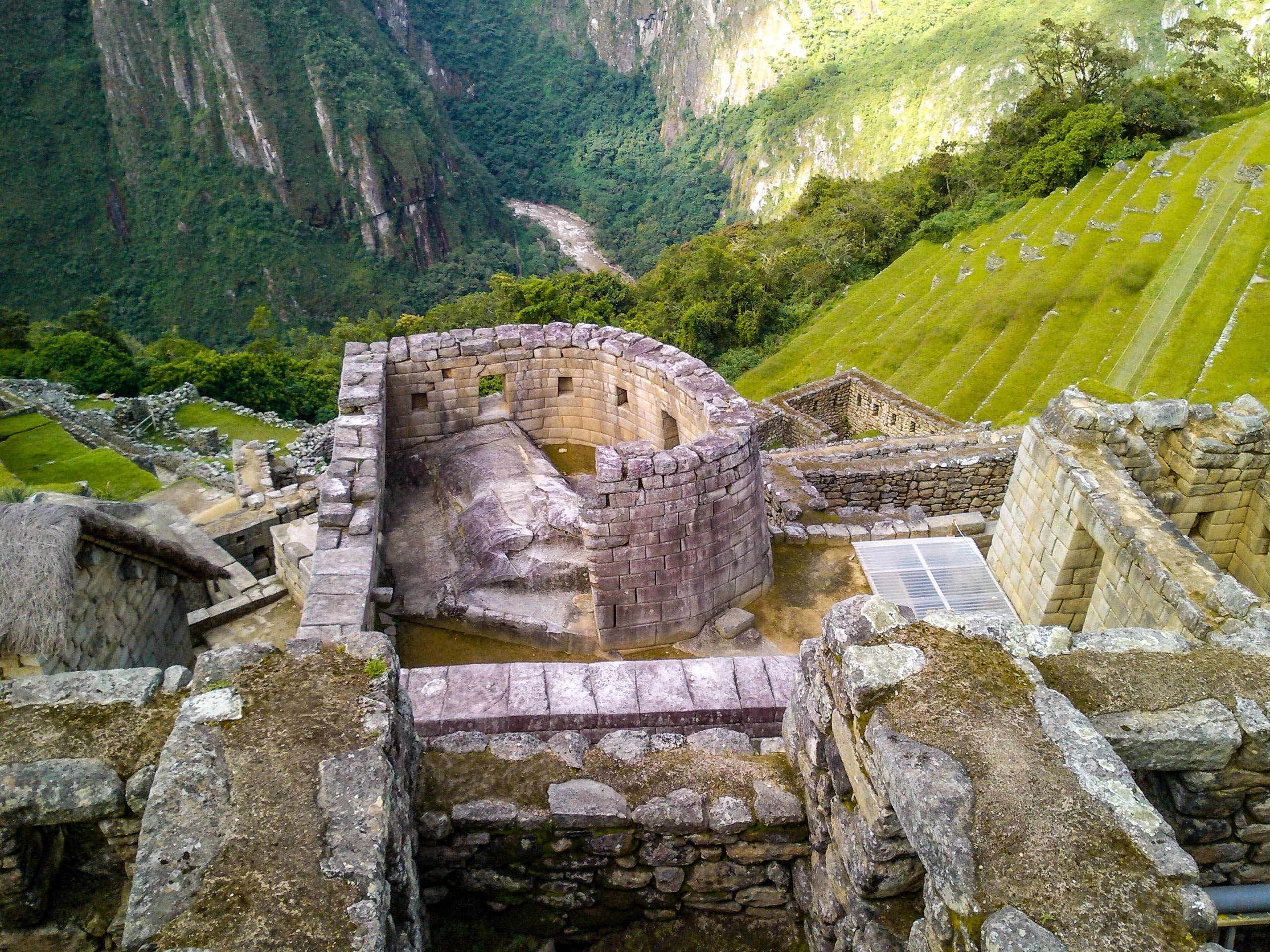
Inca Trail Preparations
Fitness and Training
While the Inca Trail isn’t an extremely challenging trek, you will be climbing uphill through the fairly high altitude of the Andes Mountains, meaning that your cardiovascular system will be working overtime to process oxygen. The best types of training that you can do prior to setting out on the trail are aerobic or cardio exercises that will help your body process oxygen at a higher rate. Light weight training, core workouts, and stair climbing at intervals will really help to simulate the stress your body will undergo on the Inca Trail and serve to strengthen your cardiovascular system.
Passports and Visas
Peru is a relatively easy destination to enter, as the country has treaties with most nations in the Americas and Western Europe that allow visitors to stay in Peru for up to 183 days, eliminating the need for a tourist visa from applicable countries. You will however, need to ensure that your passport is valid for a period of 6 months from the date of entering Peru. If you are unsure of the regulations regarding entry to Peru from your home country, you can visit the official Peru travel website to learn about visa and entry requirements.
Inca Trail Packing List
There are plenty of items that you will need to pack for a trek along the Inca Trail to Machu Picchu and countless others that will likely migrate down to the bottom of your pack as you realize that they weren’t needed after all. Paramount to your adventure are your passport, sturdy hiking boots, a solid pack, and appropriate clothing for whatever season you will be trekking in. You likely won’t need to bring camping equipment, such as a tent or sleeping bag, as these are often provided as part of the excursion, and there are also a number of prohibited items at Machu Picchu that are better left at home. If you are still unsure about whether you will need certain items for your trip, don’t hesitate to contact your tour operator to find out exactly what you will need, or check out this list we’ve put together of 12 essentials for your trek to Machu Picchu.
Vaccines
In regards to travel vaccine requirements to enter Peru, there are a number of shots that are recommended including Hepatitis A, Hepatitis B, Malaria, Typhoid, Yellow Fever, and Rabies. Additionally, make sure to check all current regulations regarding COVID-19 vaccinations and entering Peru.
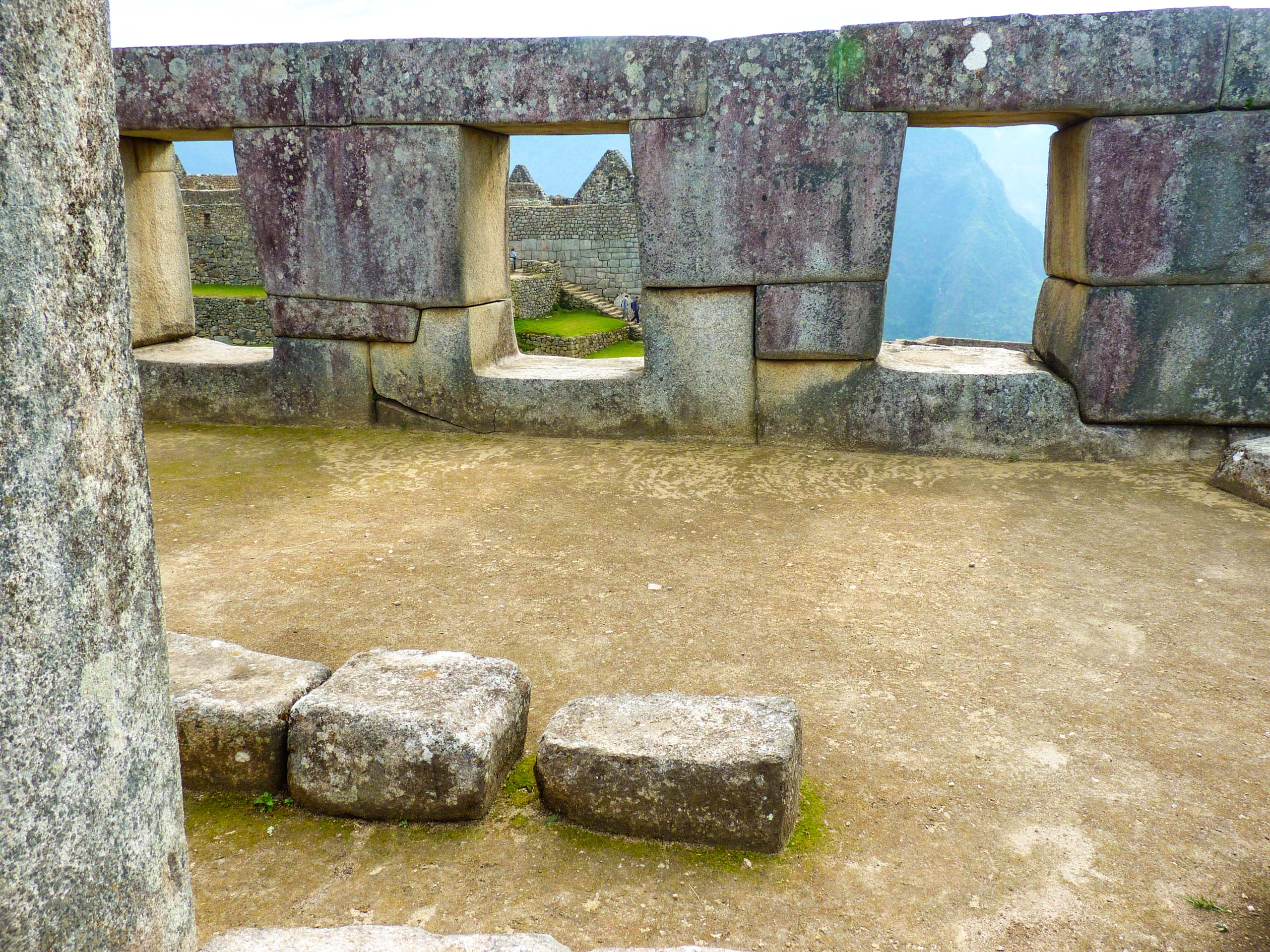
Destinations to Explore Away From the Inca Trail
Lima
Getting There
Unless you are travelling from a nearby city, most travellers arriving into Peru will do so by plane into Lima. Doing so will bring you to the Jorge Chávez International Airport, located right along the coast.
Accommodation
The best districts to stay while visiting Lima are either Miraflores or Barranco. The former is a bit more on the touristy side with more options for accommodation, while the latter has more of an artsy village atmosphere. Both are safe, have great restaurants, and are walking distance to the city centre.
Food Scene
Lima is a vibrant city, and the restaurants here do a really great job of showcasing the diversity of Peruvian ingredients and international fare as well. Whether you are looking for a high class meal or some more homestyle cooking, there will be plenty of options to explore in the capital. If you are looking to experience the magic of Peruvian cuisine, try checking out Central Restaurante, voted no.5 on the World’s 50 Best Restaurants List.
Things to Do and See
As the Capital of Peru, there are countless attractions to experience in Lima. Try starting your sightseeing tour at the Plaza de Armas, a UNESCO World Heritage Site in the historic city centre, and move onto the historic Convento de San Francisco with its famous catacombs, before finishing your tour at the Parque del Amore, a scenic oceanside park that is perfect for watching the sunset.
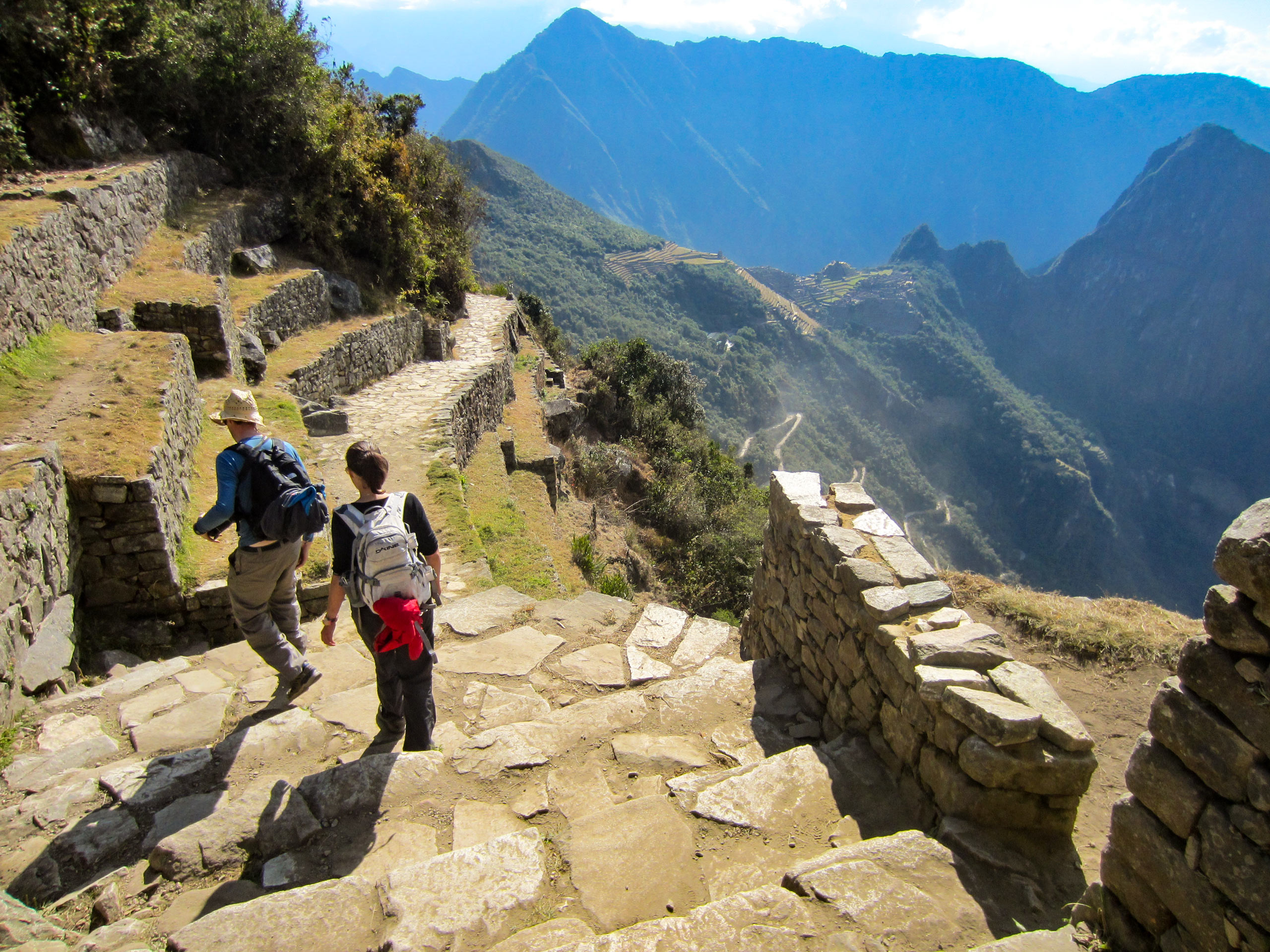
Cusco
Getting There
There are no trains leading from the capital city of Lima to Cusco, so you will need to either take a bus or hop over by plane. The latter option is a 1.5 hour flight that will bring you into Alejandro Velasco Astete Airport.
Accommodation
When looking to book accommodation in Cusco, there are two main areas that will make the most sense, the Plaza de Armas and San Blas, both of which make up the historic city centre. Plaza de Armas consists of large Spanish-style plazas, historic monuments, and fabulous restaurants, meaning that you will never be too far away from the action. San Blas, on the other hand, is situated on the higher ground of the historic centre, giving it the nickname ‘the balcony’. Here, you will find cobblestone streets, art galleries, craft shops, and amazing restaurants as well.
Food Scene
In addition to higher-end Peruvian restaurants and international options catering to tourists, Cusco presents the unique opportunity to explore some of the more regional aspects of Peruvian cuisine. Try heading down to the old market, where adventurous foodies can experience the exotic flavours of guinea pig, diverse corn varieties, and even alpaca steaks!
Things to Do and See
If you are visiting Cusco, there is a good chance that you will be heading out on an excursion to see Machu Picchu; however, there is so much more to do and see in this charming city. Try taking an ATV tour to explore the surrounding landscape, visiting The Golden Temple of the Sun Koricancha, making your way through the San Pedro Market, or taking in the exhibits at the Museo de Arte Precolombino.
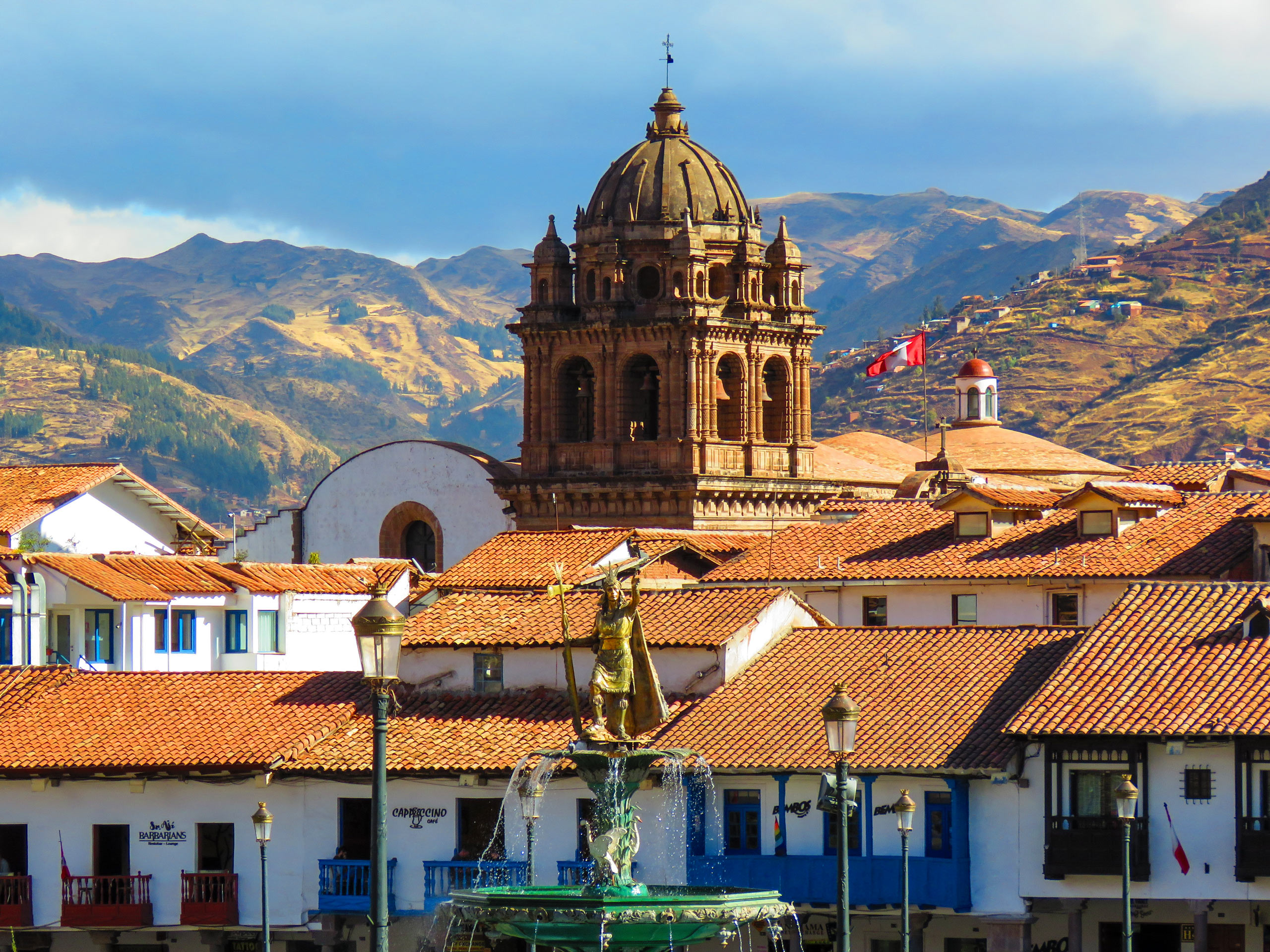
Aguas Calientes
Getting There
There are a few ways to reach Aguas Calientes, all of which will require you to take transit in some form. Either take the train or bus from Cusco to Ollantaytambo, where you will need to take another train to reach the Aguas Calientes train station. Alternatively, if you are completing one of the treks to Machu Picchu, there is a chance that your itinerary will have you spending some extra time here after your adventure.
Accommodation
With a population of under 5,000 people, Aguas Calientes isn’t a very large town, so chances are that you will only really be spending a few days here on either side of a trip to visit Machu Picchu. Finding accommodation that is centrally located to the train station is a great idea, as it will keep you close to the action with easy access to transit.
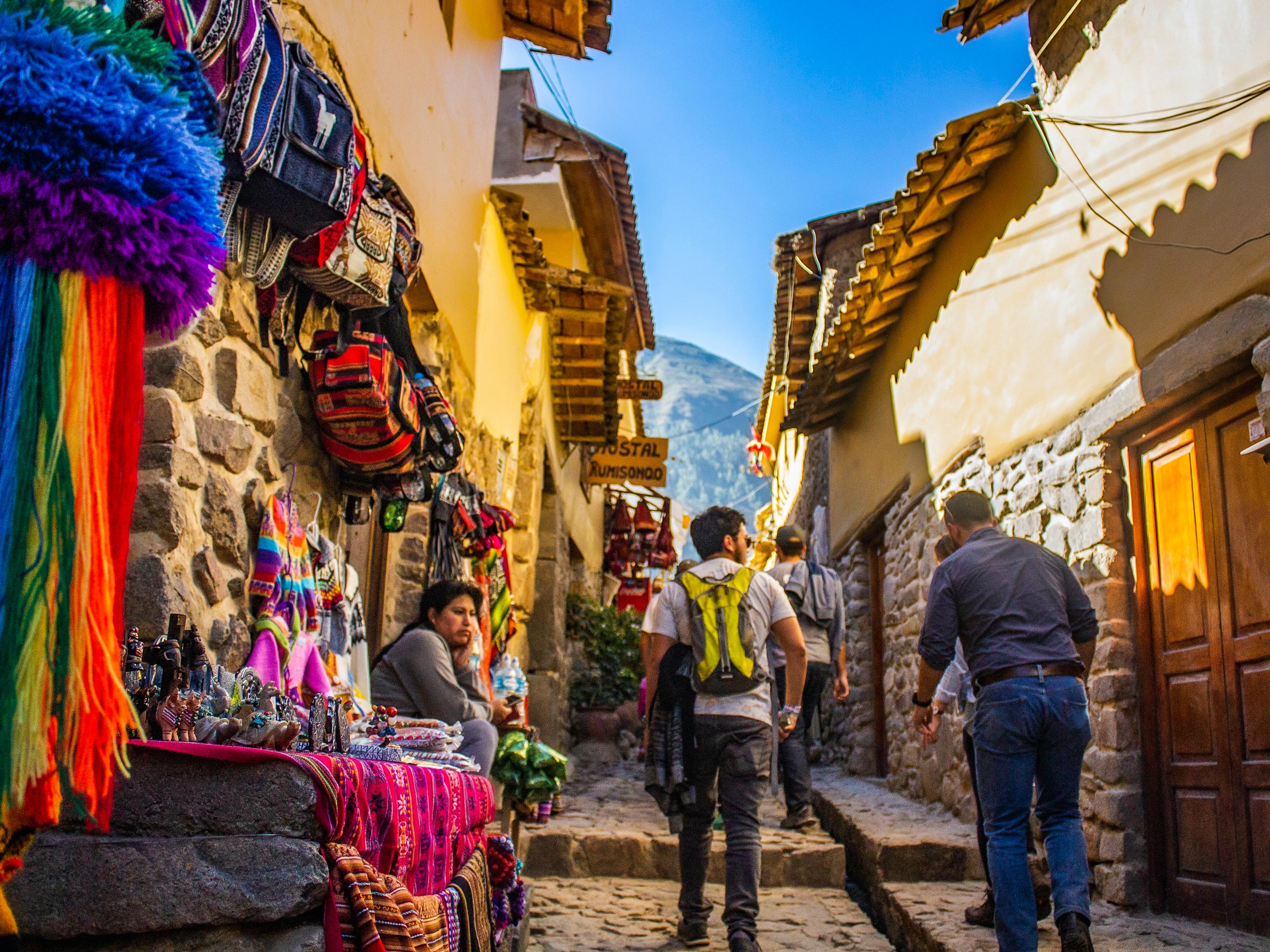
Food Scene
As the last stop before and after visiting Machu Picchu, there are a number of restaurants in Aguas Calientes that cater to a variety of different cuisines, with the main focus being Peruvian or other South American foods. If you are looking to eat on a budget, try heading down to the Aguas Calientes Food Market near the main square. If you’ve just wrapped up a lengthy adventure on the Inca Trail and are looking to replenish your energy, there are also a number of buffet restaurants in town where you can grab a substantial meal with a higher price tag.
Things to Do and See
Again, Machu Picchu is arguably the main reason why people visit Aguas Calientes; however, there are a number of other attractions in the town that you should explore if you have the time. Try making your way to the Mariposario de Machu Picchu to view some beautiful butterflies, or head to the local hot springs to rest your aching bones after making the trek to Machu Picchu.
Other Routes to Machu Picchu

There are a few other routes to Machu Picchu that you may want to consider exploring, especially if there are no permits available for the Inca Trail. Whether you haven’t been able to secure Inca Trail permits or you simply want to get off the beaten path, here are a few other routes to Machu Picchu that are certainly worth taking a look at if you are planning to visit Peru:
Salkantay Trek
If you are after an alternate route to Machu Picchu that is a bit on the longer side, the Salkantay Trek is a great option. This 8-day tour will take you 50km through the Peruvian wilderness in order to reach the Inca citadel of Machu Picchu. After spending two days acclimatizing in Cusco, you will transfer to Mollepata, before hiking to Soraypampa. From there, you will trek to Challway and continue on to La Playa through a stunning cloud forest, before making the final trek to Aguas Calientes. At this point, you will work your way up to Machu Picchu to experience the world famous site, heading back down the mountain to catch the train into Cusco. Depending on your flight, you will be able to enjoy one last day exploring Cusco before heading home.
For more information on what sets the Salkantay Trek apart from other routes to Machu Picchu, be sure to read our blog post: Discover Machu Picchu Via The Salkantay Route.
Lares Trek
In contrast to the Inca Trail and Salkantay Trek, the Lares Trek is a shorter route that will see you trek a total of 19.3mi to eventually reach Machu Picchu. Our 7-day tour features a few extra days in Cusco prior to the trek in order to acclimatize, before transferring to the Sacred Valley. From there, you will trek to Huacawasi, Mantanay, and Yanahuara, before transferring to Aguas Calientes to finally make it to Machu Picchu. This is the shortest and least challenging of the three treks, making it a great option if you are looking to experience the beauty of Machu Picchu without the difficulty.
For more information on why the Lares Trek is such a special experience, be sure to check out our blog post: Trek To Machu Picchu Via The Lares Trail.
Choquequirao Trek
The Choquequirao Trek is a great alternative to the Classic Inca Trail, mainly due to the fact that it exposes trekkers to some Inca sites that are located a bit off the beaten path. Meaning “cradle of gold” in Quechua, Choquequirao is another incredible site that dates back to the 15th Century when the Inca people were resisting Spanish colonization. Not only does the Choquequirao Trek visit this incredible site, it also takes trekkers to many of the same places as the Salkantay Trek and the Classic Inca Trail, meaning that you won’t miss out on other amazing experiences like hiking through the Sacred Valley of visiting the world renowned Machu Picchu!
To learn more about the Choquequirao Trail and why it’s a great alternative to the classic Inca Trail, be sure to read our article: Trek To Machu Picchu Via The Choquequirao Trail.
Other Tours We Have
If you are looking for a more adrenaline pumping way to experience Machu Picchu, there are a number of different tours that will still allow you to visit the ancient site while engaging in some other outdoor activities. If biking is more your style, check out this biking adventure in Cusco’s Sacred Valley that will still take you to visit Machu Picchu, or this unforgettably epic multisport adventure tour that will see you raft through Peru’s Rivers and explore its rugged terrain via ebike. There are so many different ways to experience Machu Picchu besides trekking, so check out this list of Machu Picchu Tours to find one that best suits your adventure style!

Things We Loved About the Inca Trail
As you’ve probably noticed above, when making the arrangements for a journey along the Inca Trail to Machu Picchu there are countless options, itineraries, and highlights that need to be considered in order to have your adventure meet all of your expectations and be an unforgettable experience. This can be a tricky thing to navigate if you have never been to Machu Picchu or Peru in general, and aren’t too sure what to expect.
In order to help you gain a better understanding of just how great of an experience this is, we’ve put together a list of some of the things that we absolutely loved from our personal treks along the Inca Trail to Machu Picchu below. Hopefully they will help nudge you in the direction of choosing to experience this
- Amazing and Knowledgeable Guides: In addition to doing an exceptional job of helping us navigate the Inca Trail, our local guides were able to answer all of our questions about the history, wildlife, and landscape of the region. Their knowledge and expertise really added a great deal of value to the journey.
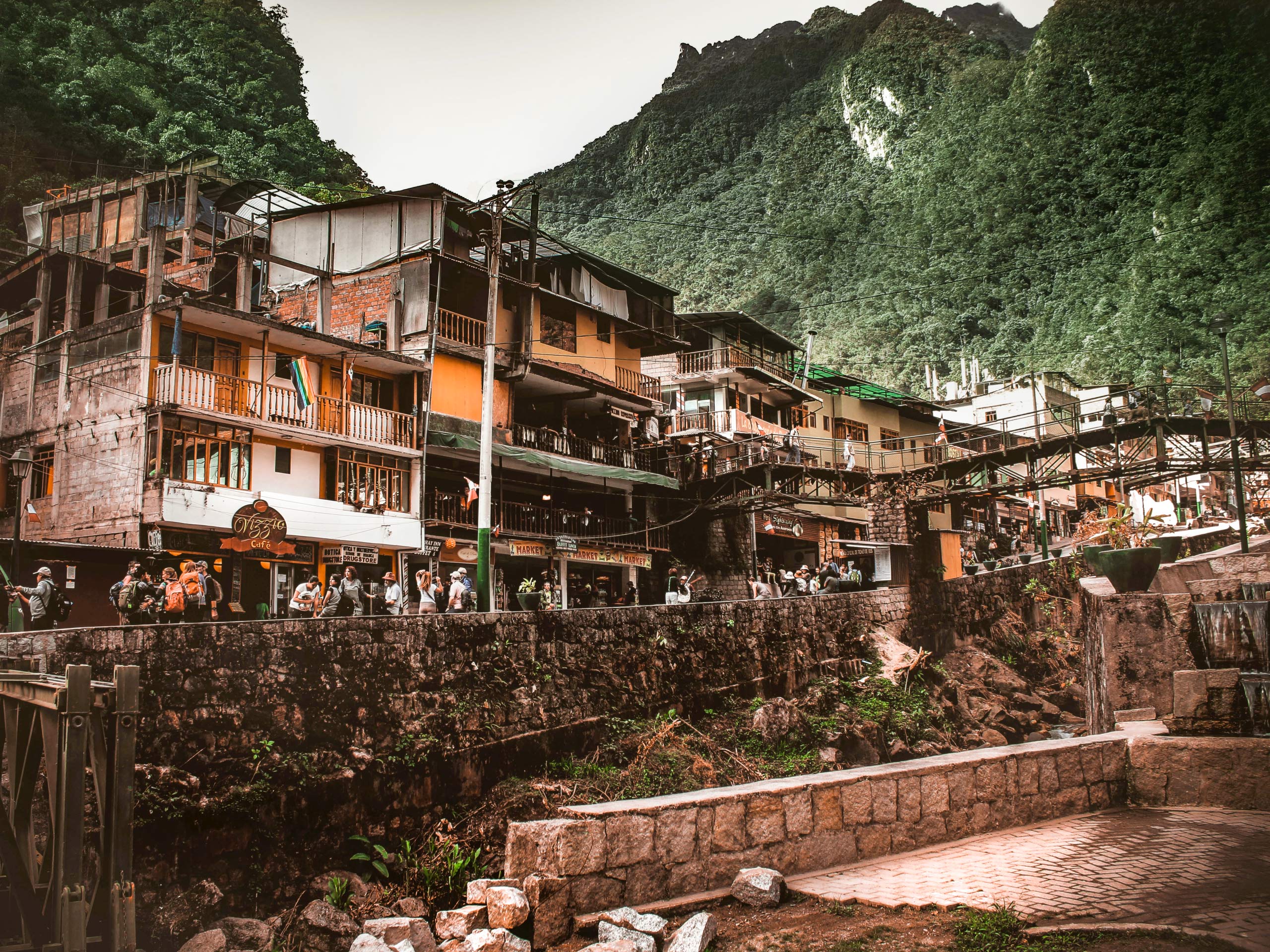
- Stunning Scenery: The fact that you are walking the same route and taking in the same views as the Inca people did hundreds of years ago creates an almost mysterious vibe along the Inca Trail, and the breathtaking scenery really makes for an unforgettable experience. Lush cloud forests, fascinating historical buildings, and the dramatic mountain peaks of the Andes are such an interesting contrast that makes this trek unlike any in the world.
- Machu Picchu Citadel: The scenery throughout the Inca Trail is spectacular, but nothing compares to the feeling you get when seeing Machu Picchu for the first time. Here, your tour guides will try to time your first views of the world wonder with the sunrise, which will only add to the breathtaking experience. This impressive mountaintop citadel is made up of roughly 200 buildings on various terraces spread throughout the area, and one can only imagine the monumental effort that it would have taken to construct the site hundreds of years ago.
- Dead Woman’s Pass: As the highest point of the Inca Trail, conquering Dead Woman’s Pass is a challenging but exhilarating experience where you will take in jaw-dropping mountain views. You’ll likely be a bit short of breath due to the altitude, but you’ll gain a real sense of accomplishment once it is all over.
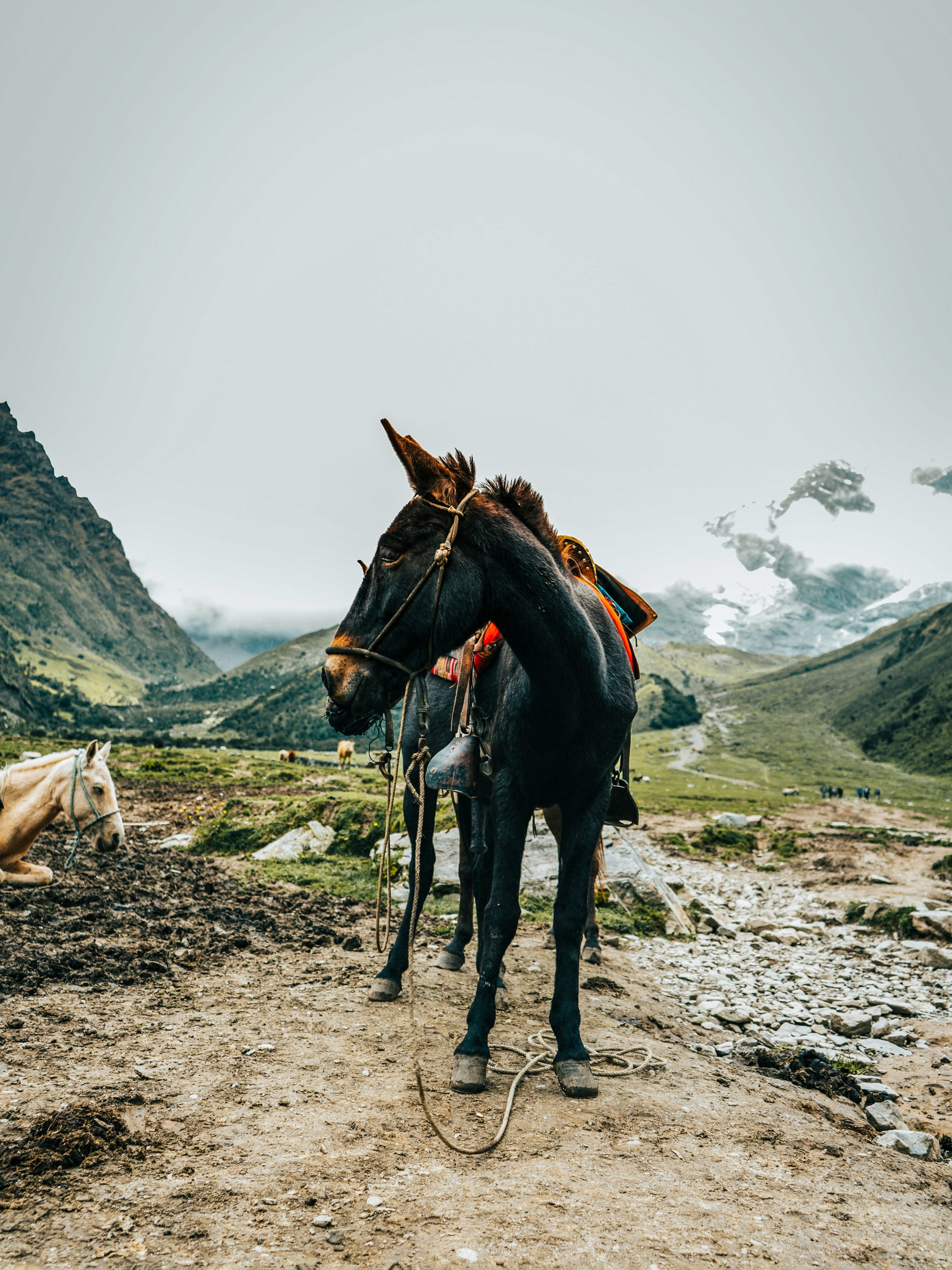
- Amazing Food: We didn’t really know what to expect when it came to eating along the Inca Trail, but the food that we had was absolutely amazing! Each trekking group had their own dedicated cook utilizing local ingredients to make the most delicious meals that were honestly better than most of the restaurants that we had been to!
- Aguas Calientes Vibe and Restaurants: Depending on which itinerary you end up choosing, you might have the good fortune of spending some extra time in Aguas Calientes after completing the Inca Trail. This amazing town features hot springs to soak your aching bones and plenty of great restaurants that range from local Peruvian options to other international fare that will definitely satisfy your post-trek cravings.
- Wildlife: The wildlife along the Inca Trail is simply spectacular, as the region features over 370 species of bird and 47 species of mammals. In addition to seeing plenty of alpacas, our guide was able to give us a rundown on the different animals living in the region, from spectacled bears to Andean condors!
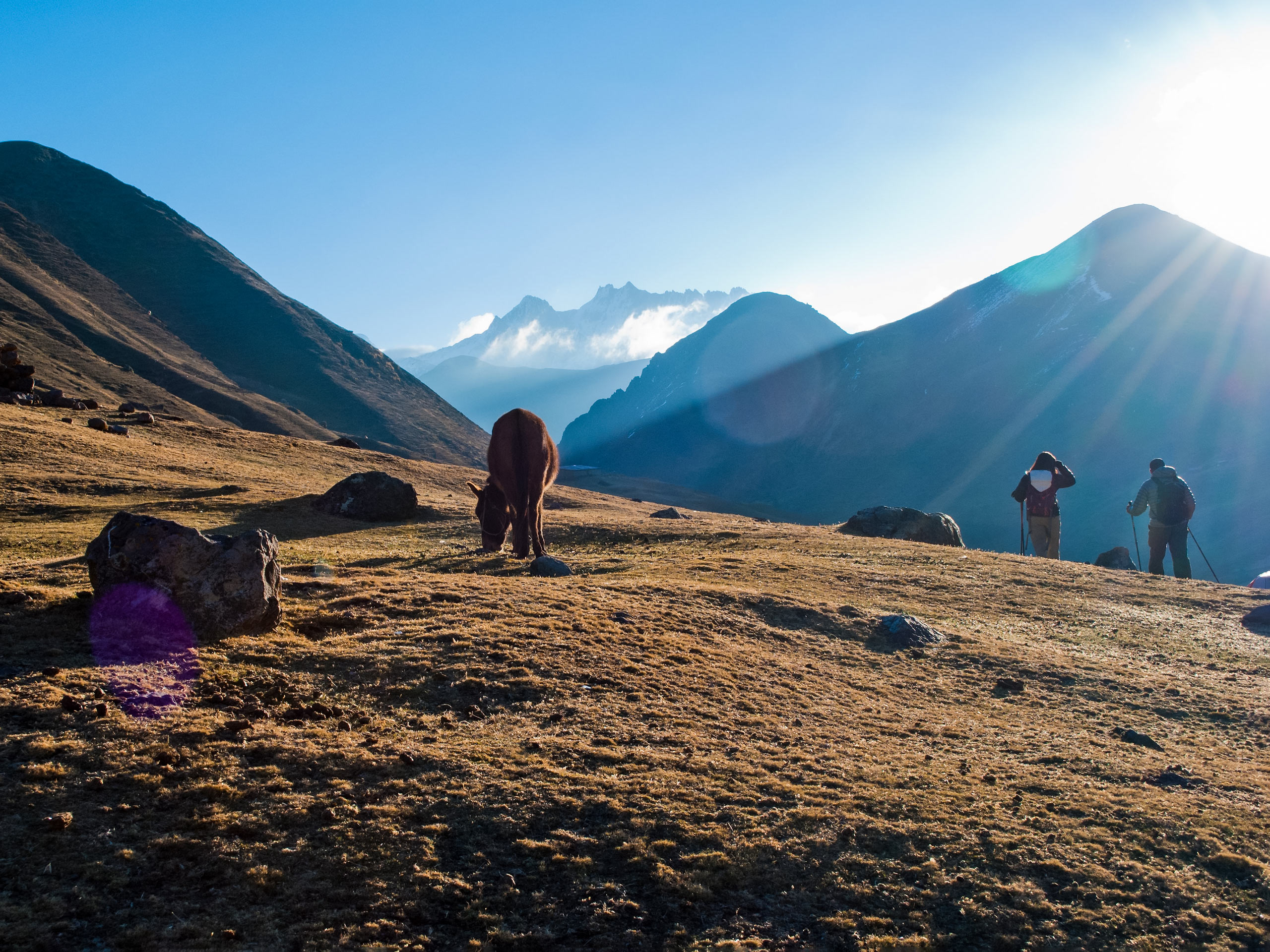
Additional Information on Machu Picchu
It goes without saying that we – and countless other outdoor enthusiasts that visit the site every year – have been absolutely struck with admiration for the natural beauty, rich history, and colourful culture that can be experienced while trekking along the Inca Trail to Machu Picchu. If you still find yourself with a few lingering questions about the trek, we’ve put together a few articles that should hopefully clear them up and give you a better idea of what you will be getting into. If you’re looking for even more answers to some of the most frequently asked questions about Machu Picchu, we’ve done the leg work so that you can get concise answers to your questions and focus on getting out to explore the beautiful wilderness of Peru!
Peru articles
Are you planning a trip to Peru? We’ve written some articles to help you plan the perfect trip!


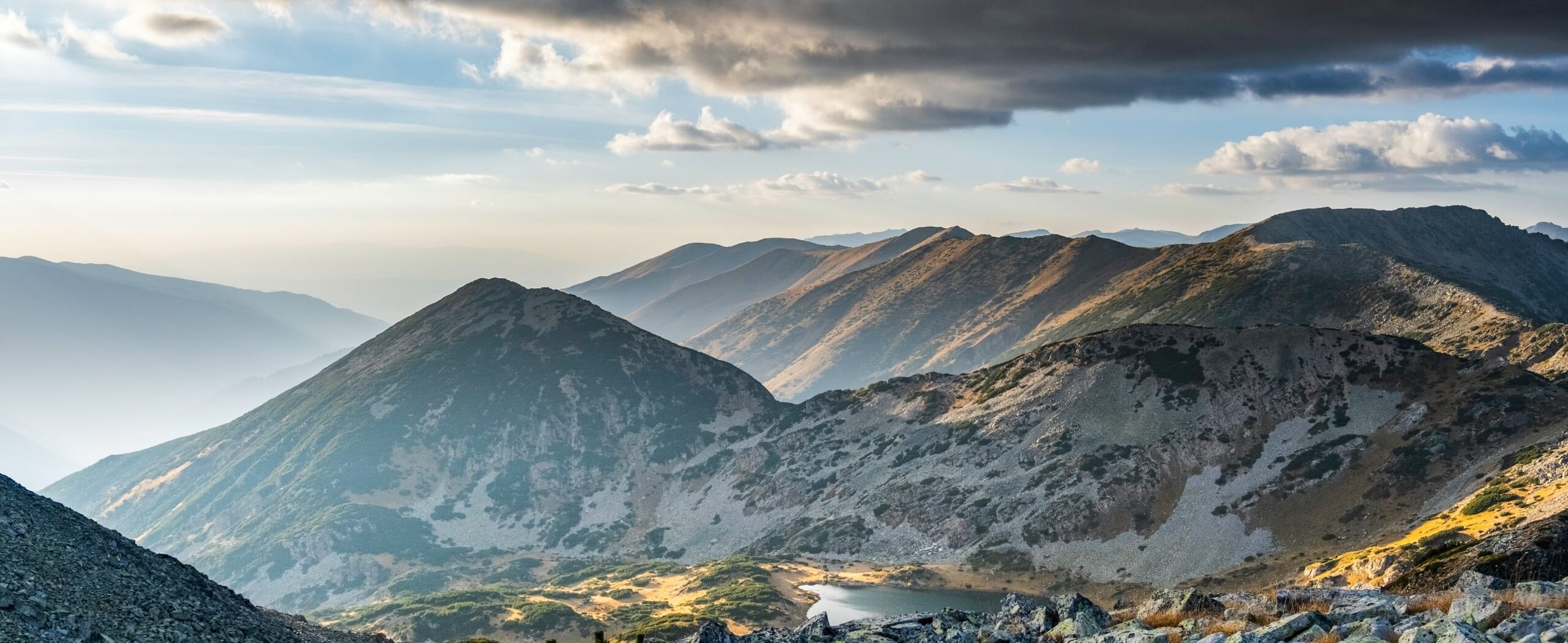
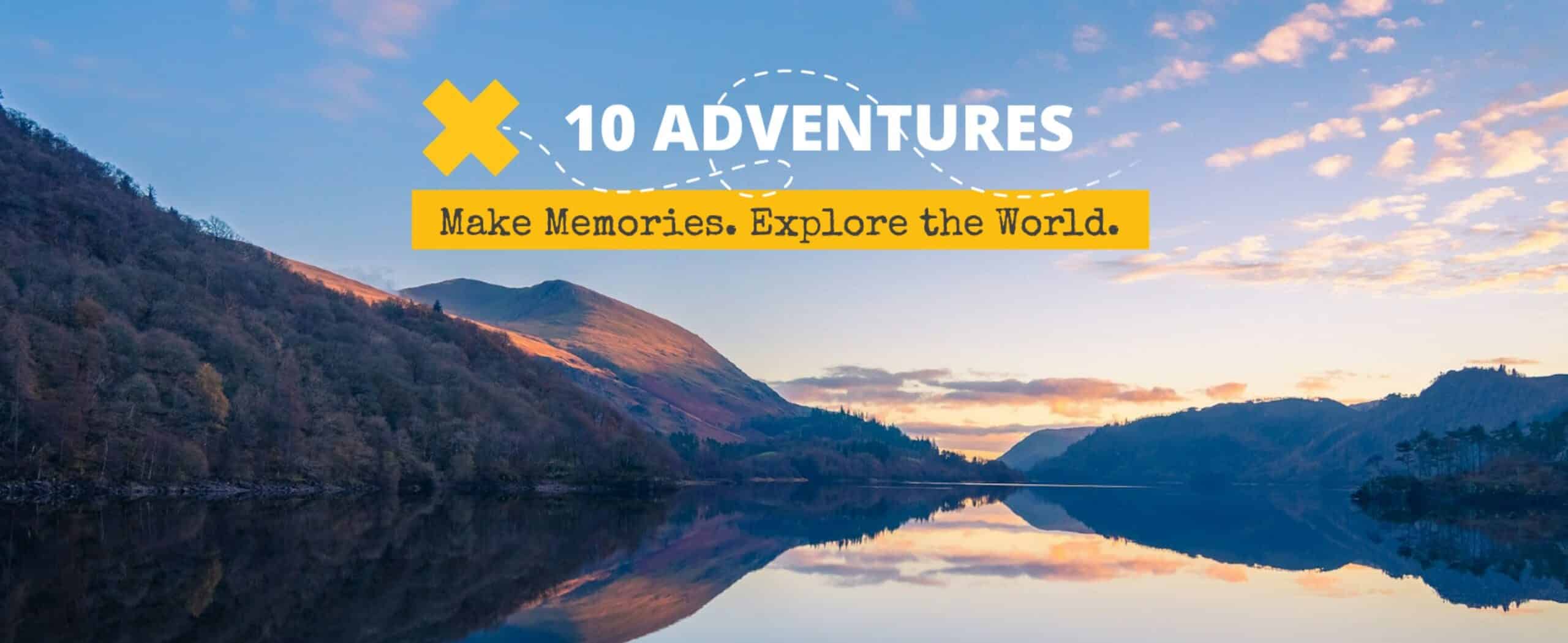

Comments